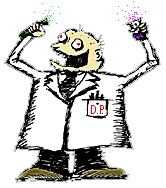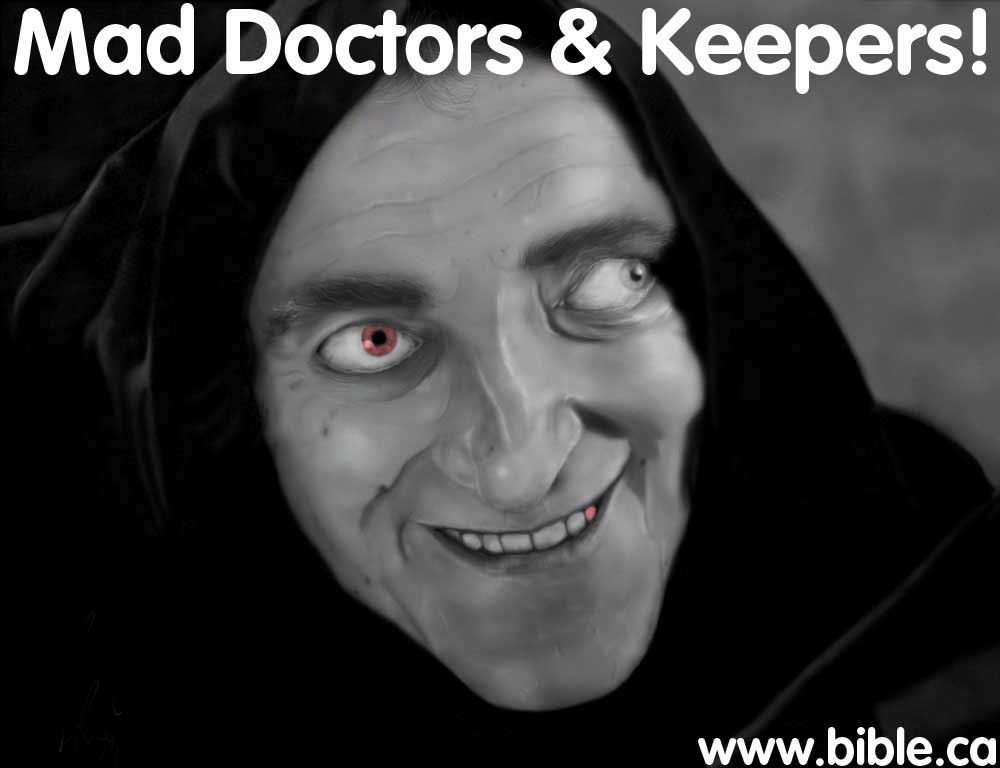Also known as "alienists", Mad Doctors were the forerunners of psychiatrists.
They were quacks in the 18th century and they are still quacks today!
![]() See also: History of Psychiatry homepage
See also: History of Psychiatry homepage

"The
keepers at Bedlam are idle, skulking, pilfering scoundrels, eccentric, murders, have something peculiar about them, strange in appearance, bribery is common to all, cruelty is common to all, villainy is common to all, in short every thing is common but virtue." (Urbane Metcalf 1818, John Conolly 1859)


